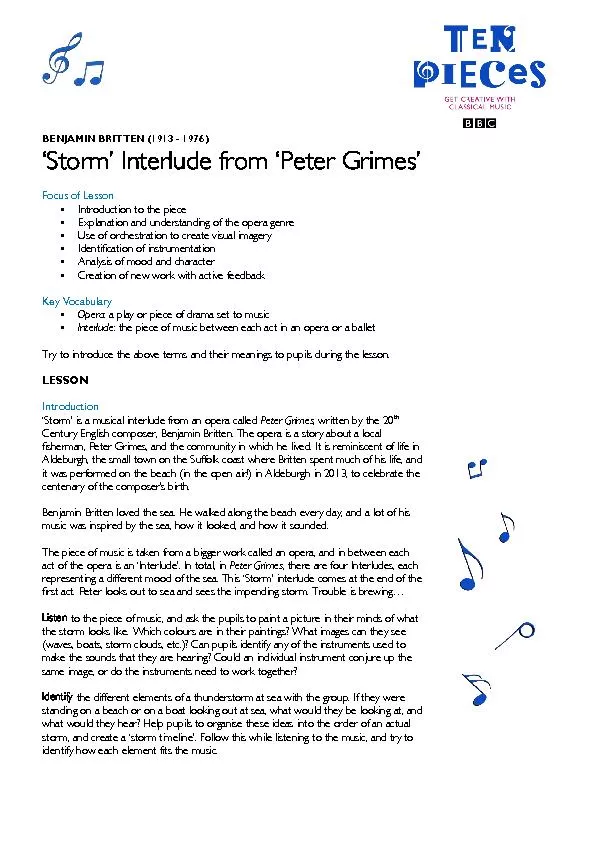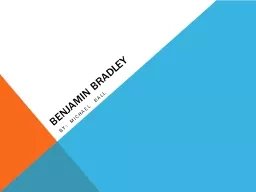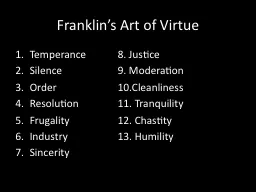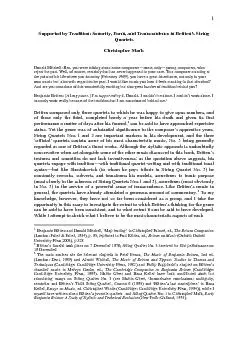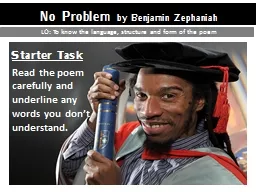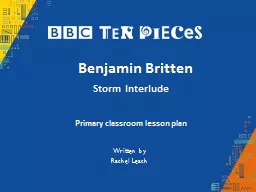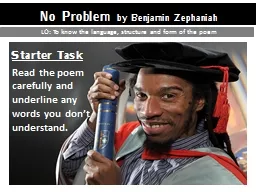PDF-BENJAMIN BRITTEN
Author : alexa-scheidler | Published Date : 2016-04-30
1913 1976 x2018Stormx2019 Interlude from x2018Peter Grimesx2019 Focus of Lesson xF0A7 Introduction to the piece xF0A7 Explanation and understanding of the opera
Presentation Embed Code
Download Presentation
Download Presentation The PPT/PDF document "BENJAMIN BRITTEN" is the property of its rightful owner. Permission is granted to download and print the materials on this website for personal, non-commercial use only, and to display it on your personal computer provided you do not modify the materials and that you retain all copyright notices contained in the materials. By downloading content from our website, you accept the terms of this agreement.
BENJAMIN BRITTEN: Transcript
Download Rules Of Document
"BENJAMIN BRITTEN"The content belongs to its owner. You may download and print it for personal use, without modification, and keep all copyright notices. By downloading, you agree to these terms.
Related Documents

